Dr. Leroy Chiao's commentary was published by CNN.
Dr. Leroy Chiao works as a consultant, and is also the CEO and co-founder of One Orbit LLC - a motivational training, education , and talent management company.
He served as a NASA astronaut from 1990-2005 and completed four space missions aboard three space shuttles – and once as co-pilot on the Russian Soyuz spacecraft to the International Space Station (ISS), where he commanded Expedition-10. The views expressed in this commentary are those of Dr. Leroy Chiao himself.
There are many reasons why nations create and continue civilian space programs. Some hope to boost their civilian efforts in science and technology, others seek to expand their technical workforce, propelling the next generation toward the stars.
However, since the dawn of the space race, the greatest motivation to date has been to enhance national prestige, both domestically and internationally.
This was a crucial factor in India's achievement, as the country recently made the remarkable feat of becoming the only nation to successfully land a probe on the Moon's South Pole at 6:04 PM on August 23, 2023 (Indian time); and also the fourth country in the world (along with the Soviet Union, the United States, and China) to launch a spacecraft to the Moon.
The Chandrayaan-3 spacecraft's Imager 4 Lander camera captured this image of the lunar surface on August 20. Source: ISRO
This significant milestone marks a tremendous achievement for their fledgling space program, which has made steady progress over the years. I expect further success to come: Delhi has demonstrated a commitment to investing significantly in space exploration efforts.
Achievements of the Soviet Union
At the dawn of the space age, the Soviet Union, well aware of how a successful space program could strengthen its position on the national stage, made its first impression by launching Sputnik, the first satellite, in 1957.
Although it only transmitted a simple "beep" signal, the significance of the launch was immense. Moscow followed that breakthrough with a series of historic achievements, including the launch of the first animal into orbit (the dog Laika in 1957); and the first human into space (astronaut Yuri Gagarin in 1961).
Astronaut Yuri Gagarin - the first person to fly into space. Photo: Getty Images
As the Soviet Union achieved one success after another in the space field, the United States was almost in a panic. Although Washington followed suit with its own successes, the initial impression among Americans was that they were technologically behind the Soviet Union.
That is why President John F. Kennedy's call to send American astronauts to the Moon resonated so deeply with America, receiving enthusiastic support from both parties in Congress, as well as from the American public in general.
Russian President Vladimir Putin is the latest in a line of leaders to try to use a successful space project to reflect the greatness of his country. Putin had hoped to soon receive good news from the successful landing of Russia's Luna-25 lunar lander.
To maximize effectiveness, the Russian president scheduled the lunar mission to take place just days before the journey to the moon by rival Indian spacecraft Chandrayaan-3.
However, a technical malfunction caused Luna-25 to crash into the Moon instead of landing on it.
This is the final image of the Luna-25 spacecraft before it crashed into the Moon. Source: Roscosmos
Asian space programs are on the rise, most notably those of China and India. Both countries have developed cryogenic rocket engines, launch platforms, and sophisticated spacecraft. Both operate a number of satellites for communications, Earth imaging, and remote sensing, and China also has its own navigation satellite.
China also boasts a manned space program with one operational space station – Tiangong, which includes both a crew and a cargo spacecraft. China's lunar probe (Chang'e-4) is still actively exploring the far side of the Moon.
India plans to send its astronauts into Earth orbit in the next few years, while China has announced plans to send its astronauts to the surface of the Moon by the 2030s.
In partnership with the International Space Station (ISS), the United States, Europe, Japan, and Canada continue to advance space exploration. After years of delays and cost overruns, the Artemis I mission (launching the SLS super rocket) was finally launched in 2022, and NASA has listed the crew for Artemis II, which includes a Canadian astronaut.
NASA plans to return humans to the Moon in the coming years, something that hasn't happened since the last Apollo landing in 1972.
These countries also continue to launch satellites and other spacecraft. Meanwhile, NASA continues to operate its Mars rover. And one of the most interesting developments in the West is the collaboration between commercial space companies and NASA.
SpaceX has been a partner of NASA for many years, sending supplies and crew to the ISS. They are also developing a lunar lander for NASA, as is the team led by billionaire Jeff Bezos's Blue Origin company.
Several smaller companies are involved in contracts to supply spacecraft and services for lunar exploration, demonstrating a persistent effort to advance into space on multiple fronts.
Downward spiral
Russia is an exception. Instead of expanding, its space program declined for several years. The once-great program began to fall apart after the collapse of the Soviet Union. Cosmonaut Sergei Krikalev was stranded on the Mir space station for nearly a year due to the collapse of the Soviet Union and the ensuing chaos.
Their space program is believed to have received significant support from the United States, which supported the Mir space station and brought Russia into the ISS program, with cash for services and contracts to manufacture core modules and other equipment.
Russia was also a key partner in the ISS program. They provided transport services for crews and cargo (including the crew on Expedition-10), while the Space Shuttle crashed in Columbia.
Until recently, Russian rockets and spacecraft were among the safest and most reliable. But now, the future of Russia's space program is in doubt, amid ongoing budget cuts, allegations of corruption, and a shortage of young specialists on its workforce.
In recent years, Russia has seen failures of Soyuz and Progress spacecraft and launch platforms, including the cancellation of the 2018 Soyuz MS-10 launch with American astronaut Nick Hague aboard. Luna-25 is the latest failure.
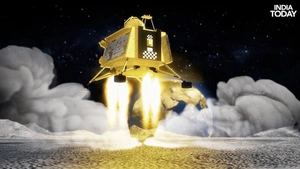
Source


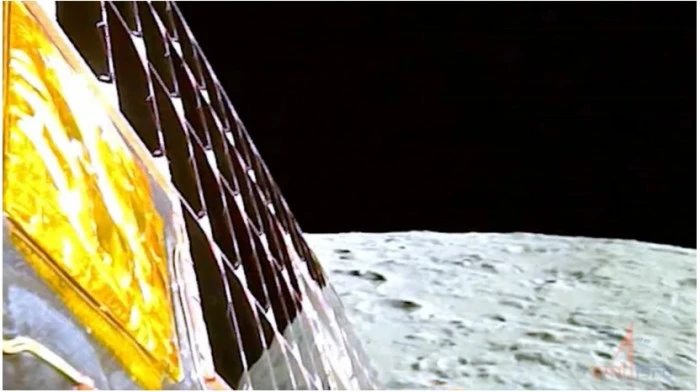
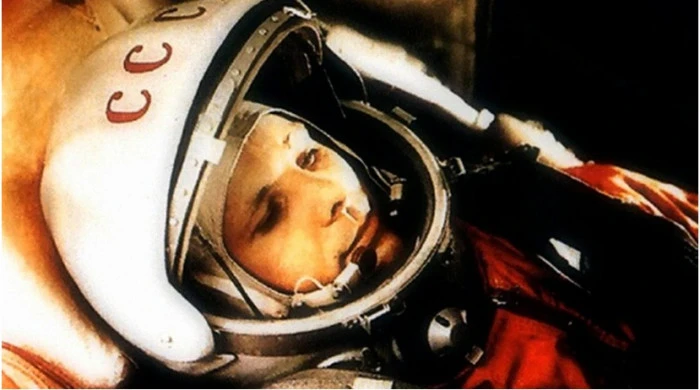
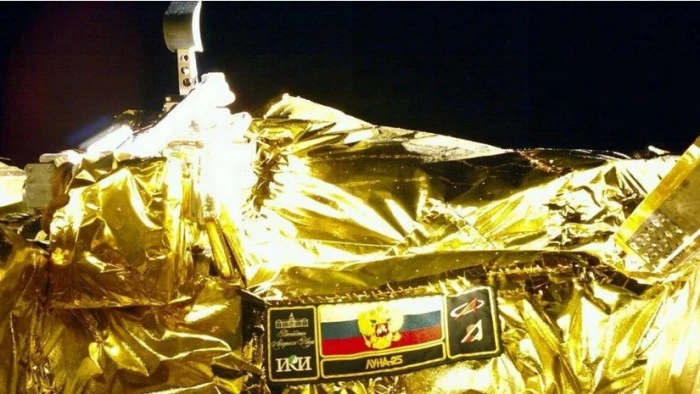




![[Photo] Prime Minister Pham Minh Chinh presides over a meeting on private sector economic development.](/_next/image?url=https%3A%2F%2Fvphoto.vietnam.vn%2Fthumb%2F1200x675%2Fvietnam%2Fresource%2FIMAGE%2F2025%2F12%2F20%2F1766237501876_thiet-ke-chua-co-ten-40-png.webp&w=3840&q=75)

























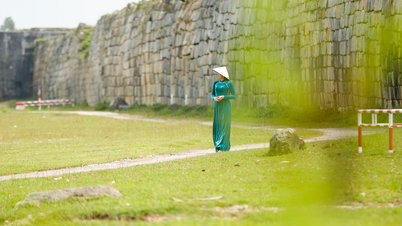


































































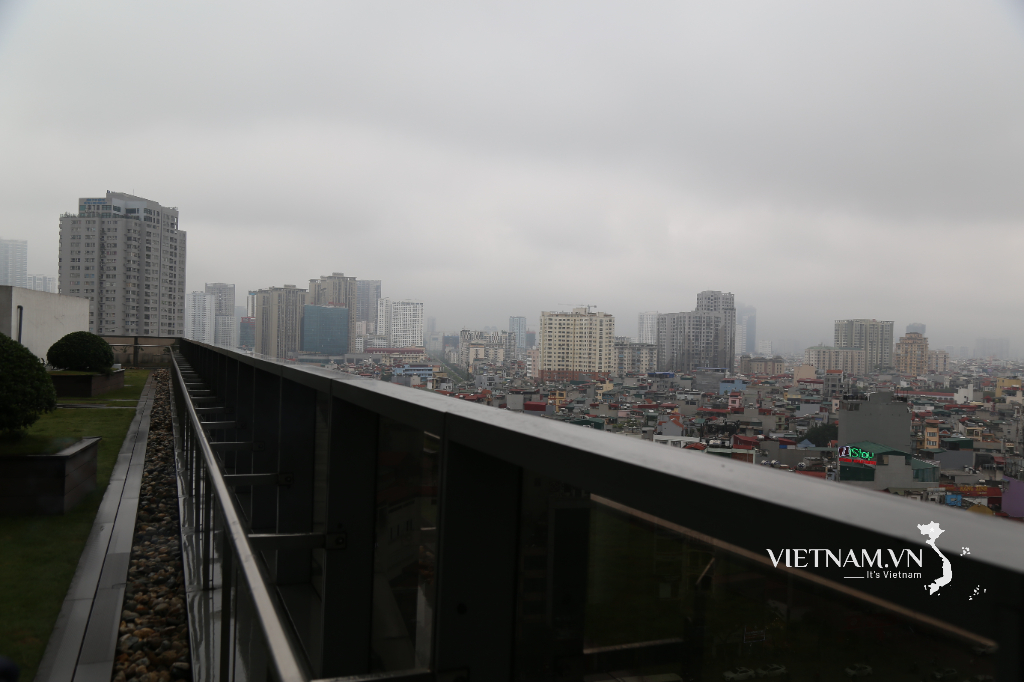
Comment (0)